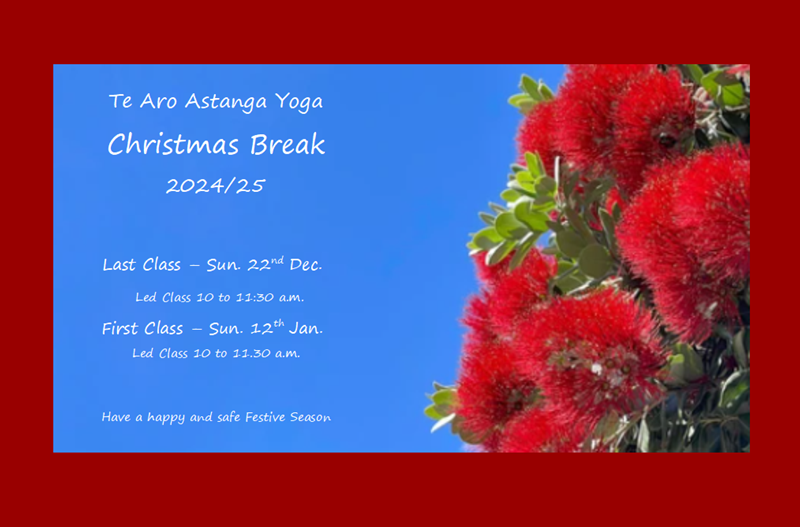We are now well into the new year and enjoying the warmth of Summer. Often at this time of the year I find myself taking stock a little. For a while now I have had an idea to use this blog as a way of giving my view of what Ashtanga is. As I have said in the past, I am not a scholar of Yoga in any way. I have not and do not read much about yoga. What I do have is almost 24 years of daily practice. So it is from this practical and pragmatic background that I will approach this.
If you practice yoga as I have done and if you teach for as long as I have and if you have studied in Mysore then you also think about Yoga more than most people. My thinking on yoga has naturally enough been influenced most heavily by my Guru, Sri K Pattabhi Jois, and my teachers Sharath Jois and Peter Sanson. I have listened carefully to what they have to say on the subject of Ashtanga but I have also listened very carefully to what my own practice teaches me. Guruji once said that we should never trust what we do not experience ourselves and this is why consistent, steady practice is essential.
When I first went to Mysore in 1994 there was no “Conference”. The only chance you had to ask questions was when you paid your monthly fee. After a while Guruji decided to hold conference once a week. This eventually became an almost daily occurrence. I attended a lot of these sessions and heard the same questions asked, time and time again. I also heard the same answer, delivered in different ways, but basically the same. The answer to the vast majority of questions was to “practice, practice, practice.” It amazed me how many people struggled with this simple concept. They did not want to hear this. I think that it is worth exploring a little of the theory behind the practice, but it needs to be done in a background of steady, regular practice.
I will use two very good texts as a guide in this venture. Guruji’s “Yoga Mala” is, of course, essential reading. The other text that I am finding extremely helpful as I slowly work my way through it is Edwin F Bryant’s “The Yoga Sutras of Patanjali”. Guruji said that Ashtanga Yoga is “Patanjali Yoga”.
So, what is Ashtanga Vinyasa Yoga. As most of us will be aware, “Ashtanga” is the 8 Limbs. These are in order; Yama restraints; Niyama observances; Asana posture; Pranayama breath control; Pratyahara sense withdrawal; Dharana concentration; Dhyana meditation; and Samadhi enlightenment. It is important to understand the 8 Limbs in their correct order. I want to quote directly from Edwin F Bryant here: “A general principle of Sanskrit hermeneutics is that a first item mentioned on a list carries more importance than any subsequent items.”
This makes Yama the most important practice of Ashtanga Yoga. I think a lot of people lose track of this. The tendency is to become obsessed with Asana and getting the next posture and learning some Pranayama and doing Meditation. Everyone wants Samadhi but they lose sight of the importance of leading ones life according to the principles of Yama. Nothing can be achieved in any other aspect of Yoga without the practice of Yama. Guruji said that one of the main purposes of the Asana practice is to develop the discipline, strength and focus required to practice Yama. He also said that the practice of the 5 parts of Yama is very, very difficult.
Yama consists of; Ahimsa, Satya, Asteya, Brahmacharya, and Aparigraha, in that order. It is my intention over the course of my next series of blogs to have a look at each of these in turn from my ex-shearers, pragmatic point of view. I hope that this helps me to a deeper understanding of them but also that this may assist others in their understanding. Meantime, as always, practice, practice, practice.
Ex Shearer’s Guide to Ashtanga Vinyasa Yoga – Part 1

0 Comments